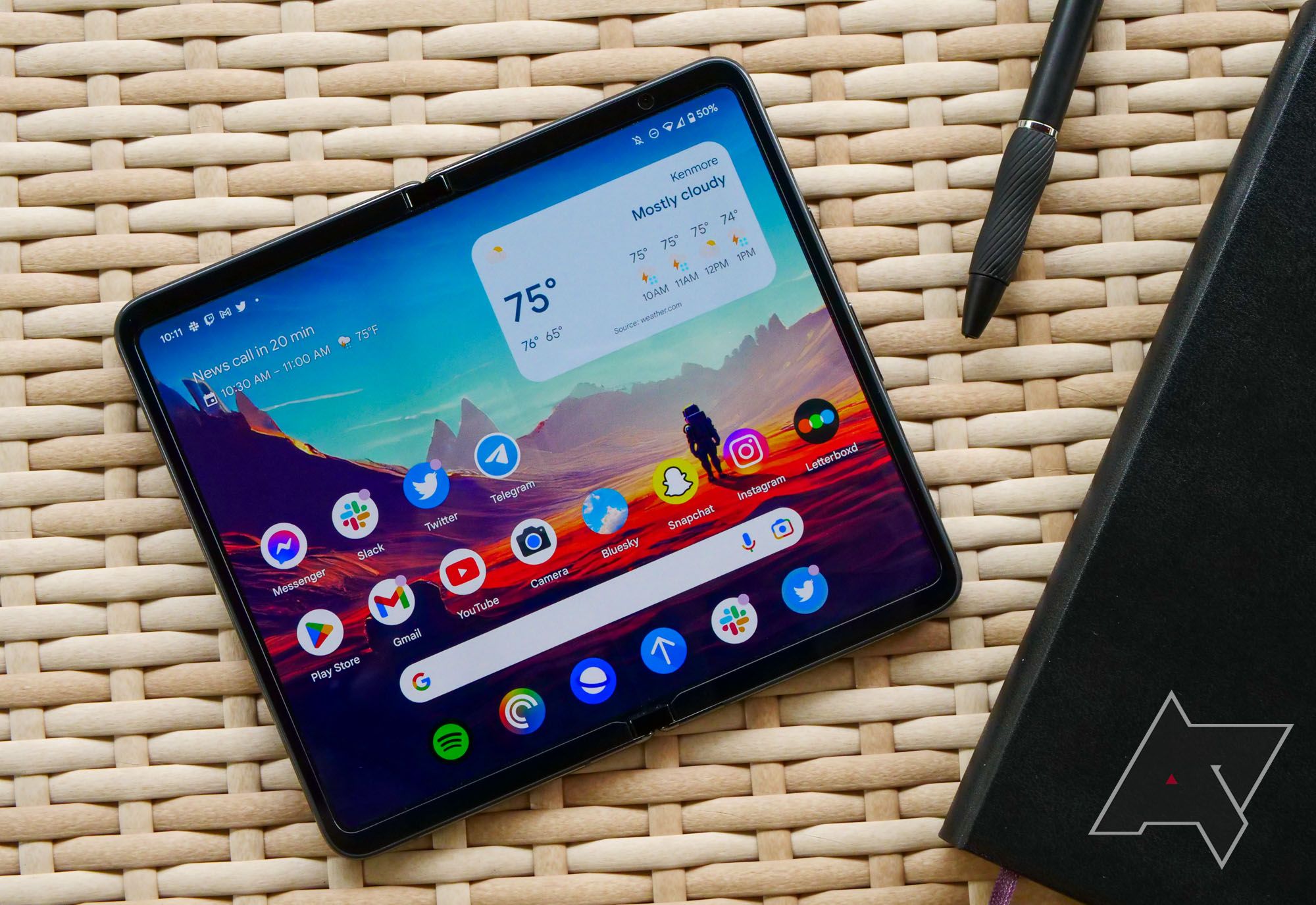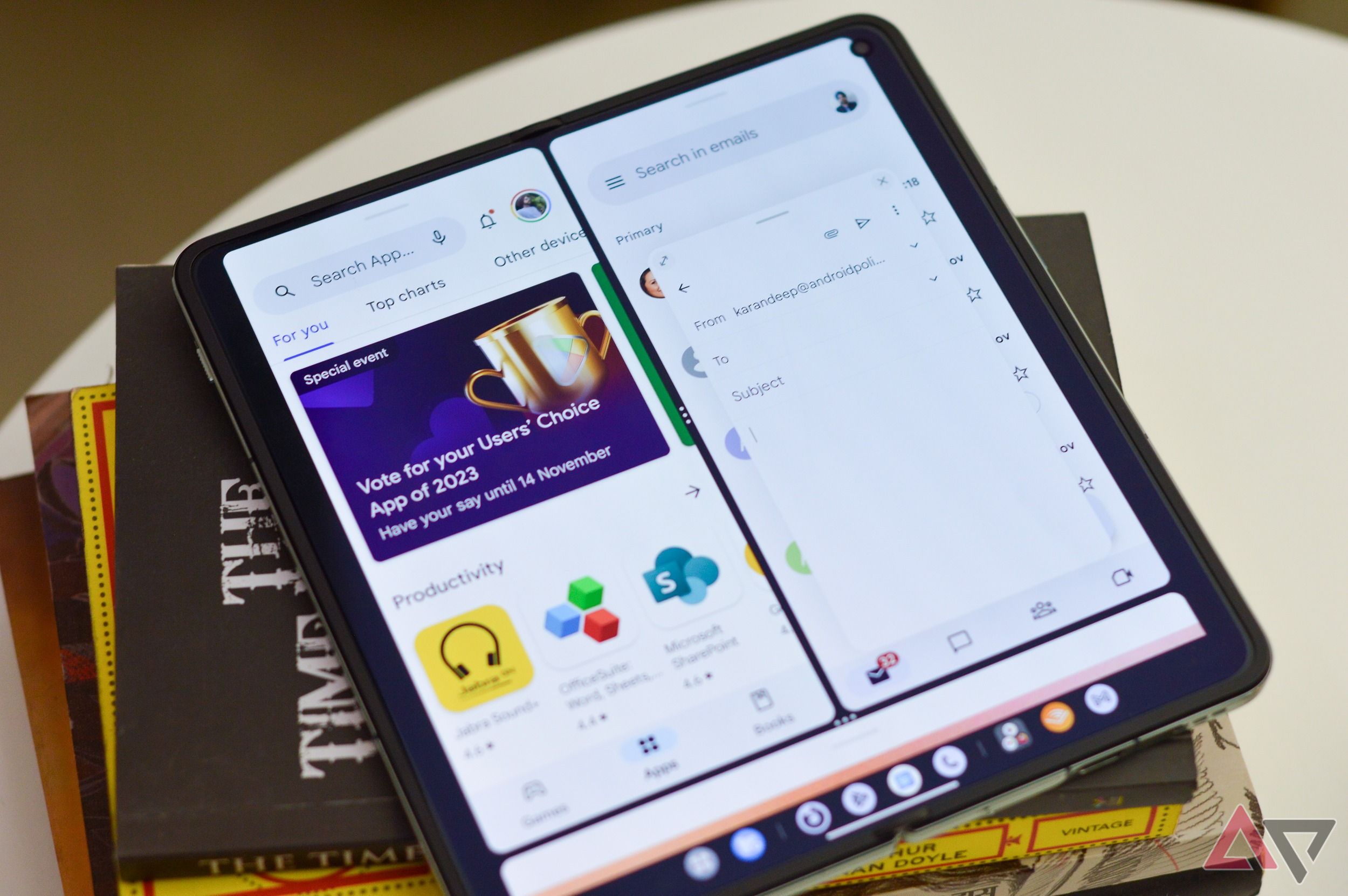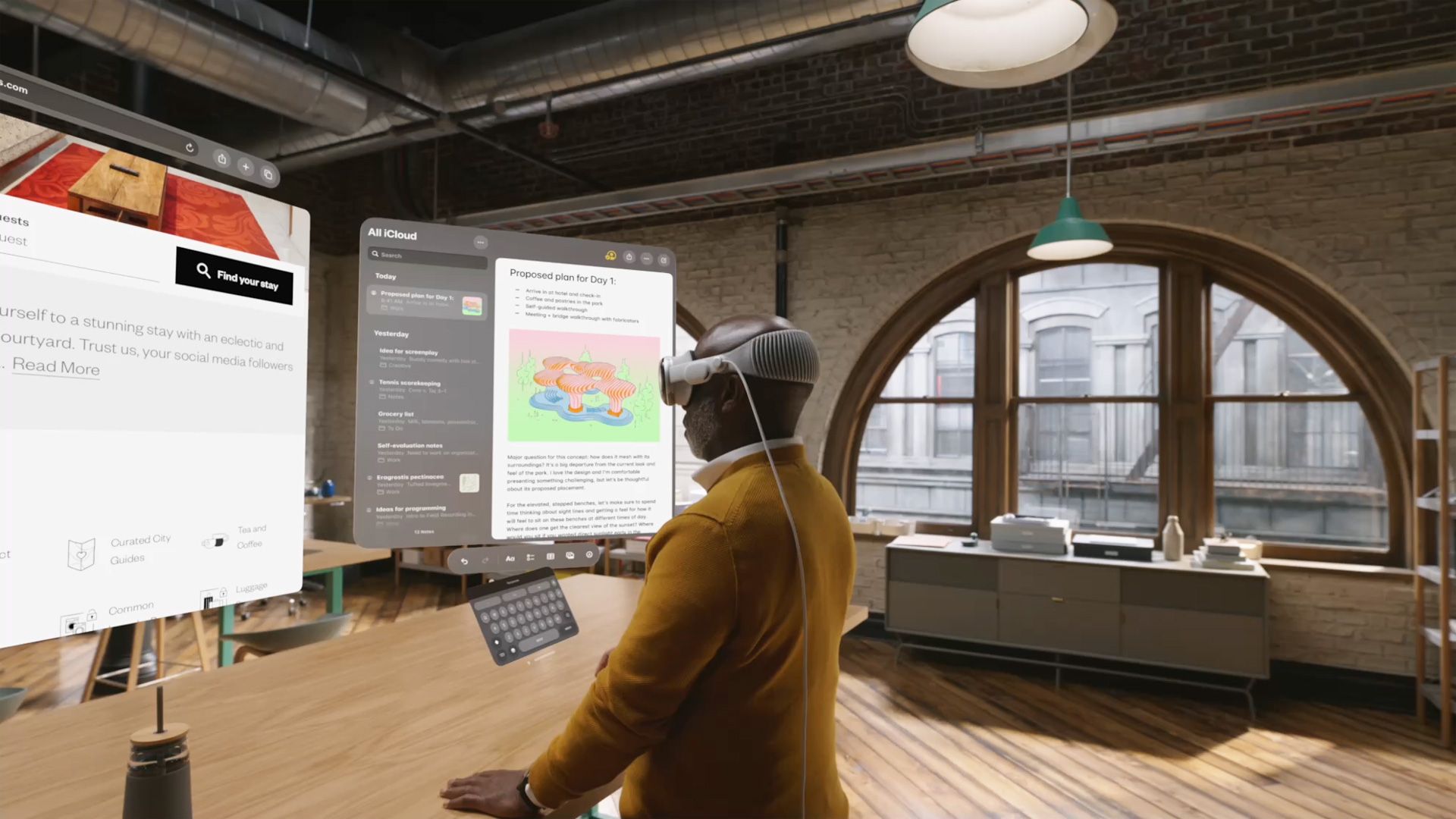It’s been almost five years since the announcement of the original Samsung Galaxy Fold. And in that time, we’ve seen countless foldable entries from Samsung, Google, and even OnePlus, not to mention numerous devices from overseas. While the hardware improves with every new version, the software experience lags woefully behind. Companies seem hyper-focused on new hardware features and improved reliability (which is important), but they forget that the UX is also a significant piece of the puzzle. If foldables continue to demand a steep premium over regular slab devices, manufacturers need to spice it up a bit and offer something more than the status quo.
It’s just a large phone
When it should be much more
It doesn’t matter how many hardware bells and whistles companies add to foldables; when you open up the inner display, the experience isn’t significantly different from what we’ve had before. Apps look great on the big screen, but I can’t help but feel the extra real estate is being wasted. Software developers have tried to fill the gap by overhauling programs but can only do so much; the problem lies with the Android skins released by manufacturers. If the UX isn’t designed to make the most of the large inner display, customized apps are just a poorly fitted band-aid.
Tablet software isn’t good enough
After all these years Android tablets are still lacking unique software
Android L was refreshing because it brought tablet functionality to devices like the Galaxy Fold 4. Its taskbar allowed for better multitasking and fast switching between apps. However, while it was welcome, Android L didn’t go far enough to fix the problem with foldable software. The multitasking experience was too rigid, boxing apps into squished areas on the display. Instead of one big app, we were provided with three sub-standard experiences. It was more functional than what we had on traditional smartphones, but it seemed like an intermediate step. What good was having Instagram, Chrome, and X open at the same time if I could barely read any of them?
A tablet is a relatively stationary product; it’s meant to be enjoyed in bed or on a train — anywhere you plan on spending a decent amount of time. Binge-watching shows and web browsing are the dominant use cases, and a simple taskbar is enough for the desired experience. Meanwhile, foldables enjoy a unique advantage, sharing the portability of smartphones with the screen sizes of tablets. You’re more mobile with your smartphone in hand than your tablet. So why don’t manufacturers tailor a software experience to match?
OnePlus does it best
Not Samsung or Google, no siree
Despite Samsung developing the first Galaxy Fold, the company has largely remained static with foldable software, relying on features like app pairs which debuted in 2017. Meanwhile, Google struggled with basics like app pairs and stretching apps to fill the screen on the Pixel Fold, only adding them after launch based on user feedback. Against that backdrop, OnePlus released Open Canvas on the OnePlus Open, giving us a taste of what foldable software could be. Open Canvas changed multitasking, allowing apps to maintain a respectable aspect ratio. Instead of cramming apps into thirds on the screen, Open Canvas slides between apps. I can sift through information in a document or the web without squinting my eyes and then enter the information into an email without cramping my thumbs. It’s an improvement, but I’d like to use 2024’s hottest software trend to make foldables even better.
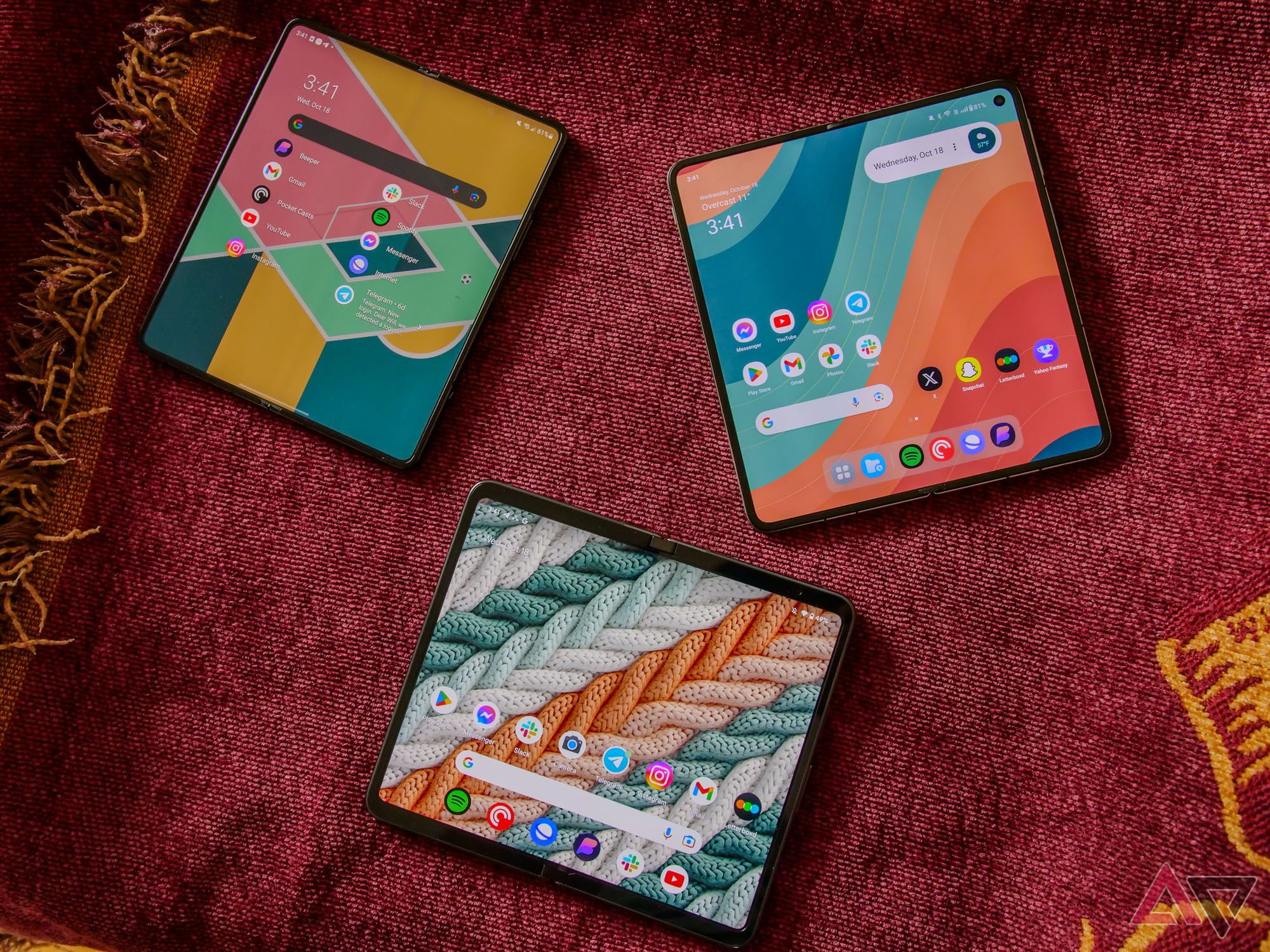
5 things Google and Samsung need to learn from the OnePlus Open
It’s not perfect, but the OnePlus Open should be a wake up call to the competition
We already use AI in everything else
Can we not use AI to solve this issue for good?
I’d love to take the Open Canvas idea and put it on steroids. With AI already creeping into almost every app, why can’t it take a more active role in the UX? I want to see contextual app pairs and trios. If I’m walking down the street with my phone open, I’d want a predetermined set of apps ready to be opened. Like Open Canvas allows me to tap and swipe between apps, I want my motions and device orientation to dictate which program takes center stage. When I pull my phone up to eye level, I’d want an AR overlay to take over, providing real-time information on shops and restaurants. If I pull my device down, I’d want maps to display without interacting with the phone. Similarly, if I narrow down to a restaurant or navigate to a shop, closing the phone and bringing it to my ear should call the business.
Some ideas border on science fiction, but foldables can be used for much more. With the Apple Vision Pro and Meta Quest 3 generating more interest in VR and AR applications, foldables could provide a more natural entry point. Instead of wearing a bulky headset, you can lift your large screen foldable and get much of the same information and functionality. Regardless of the solution, it’s clear something needs to change. Manufacturers demand a significant premium for foldables over traditional smartphones, and larger versions of the same apps are not worth almost $1,000 more. We’ve been waiting on true smartphone innovation for years — I think we’re owed a little science fiction.
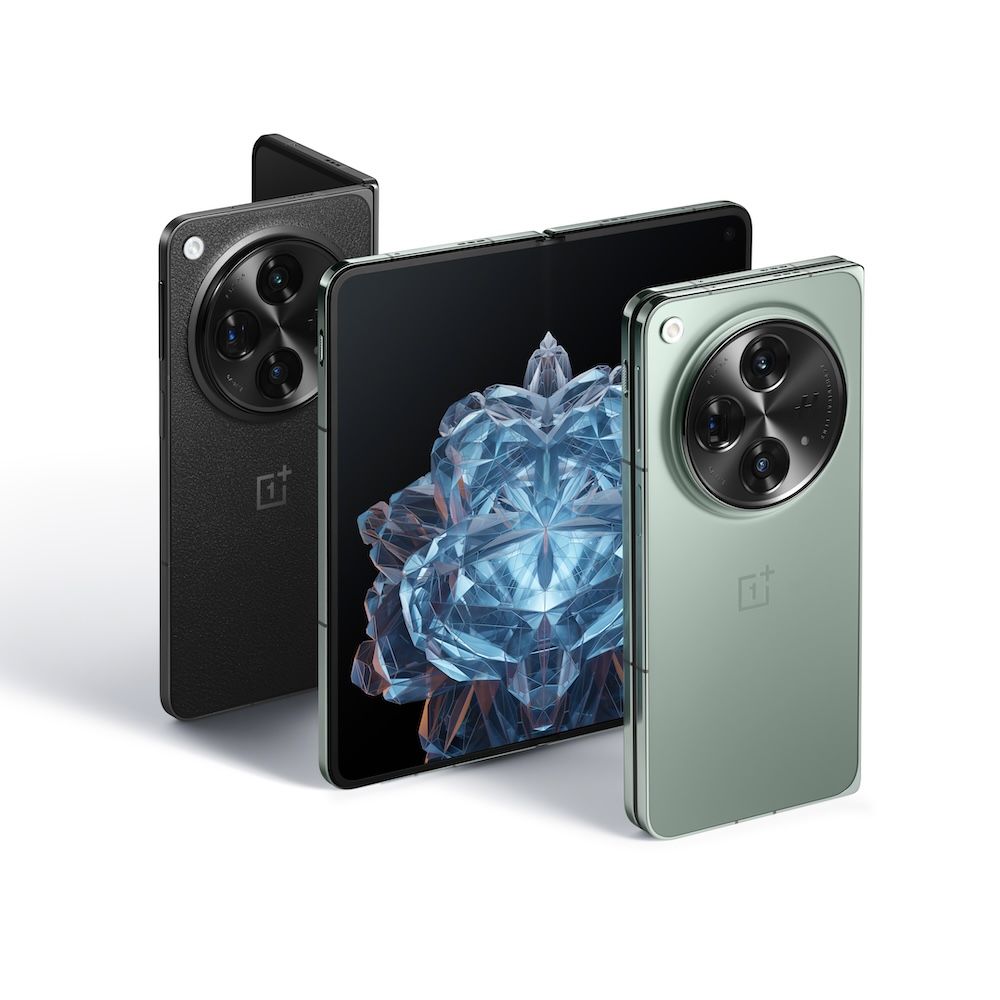
OnePlus Open
$1500 $1700 Save $200
OnePlus’ first foldable packs an impressive specs sheet and boasts some equally remarkable features. The lightweight design, the super-bright cover and folding screens, the high-end internals, and the triple-camera setup make the OnePlus Open a great alternative to Samsung’s Galaxy Z Fold lineup. Open Canvas provides the best multitasking experience on a fold, and its anti-glare layer helps with outdoor viewing.
Source link
